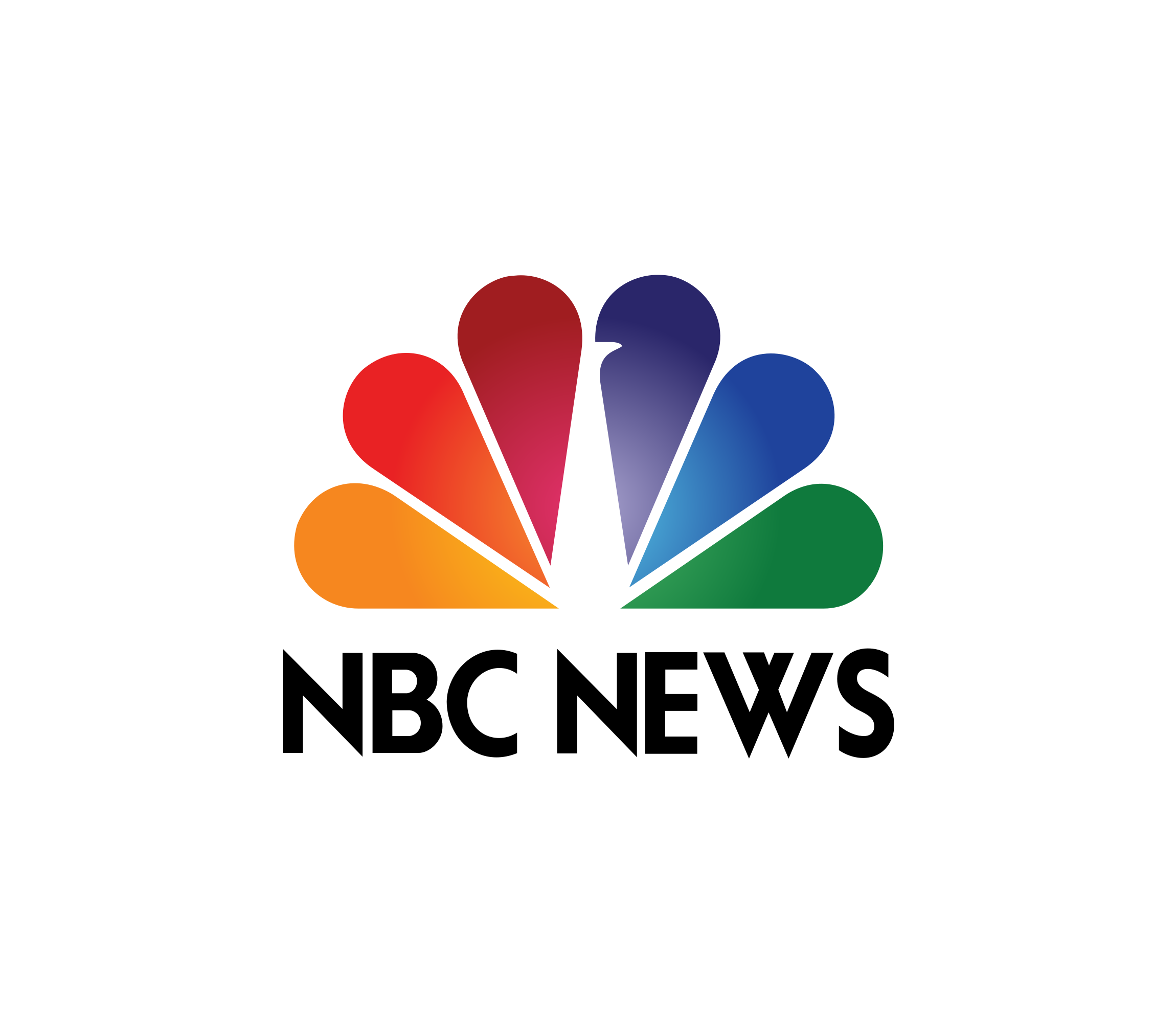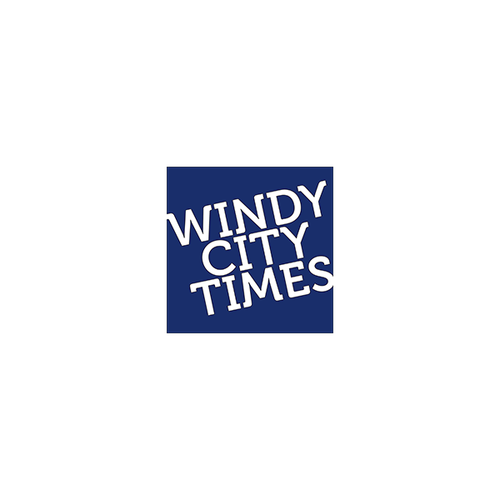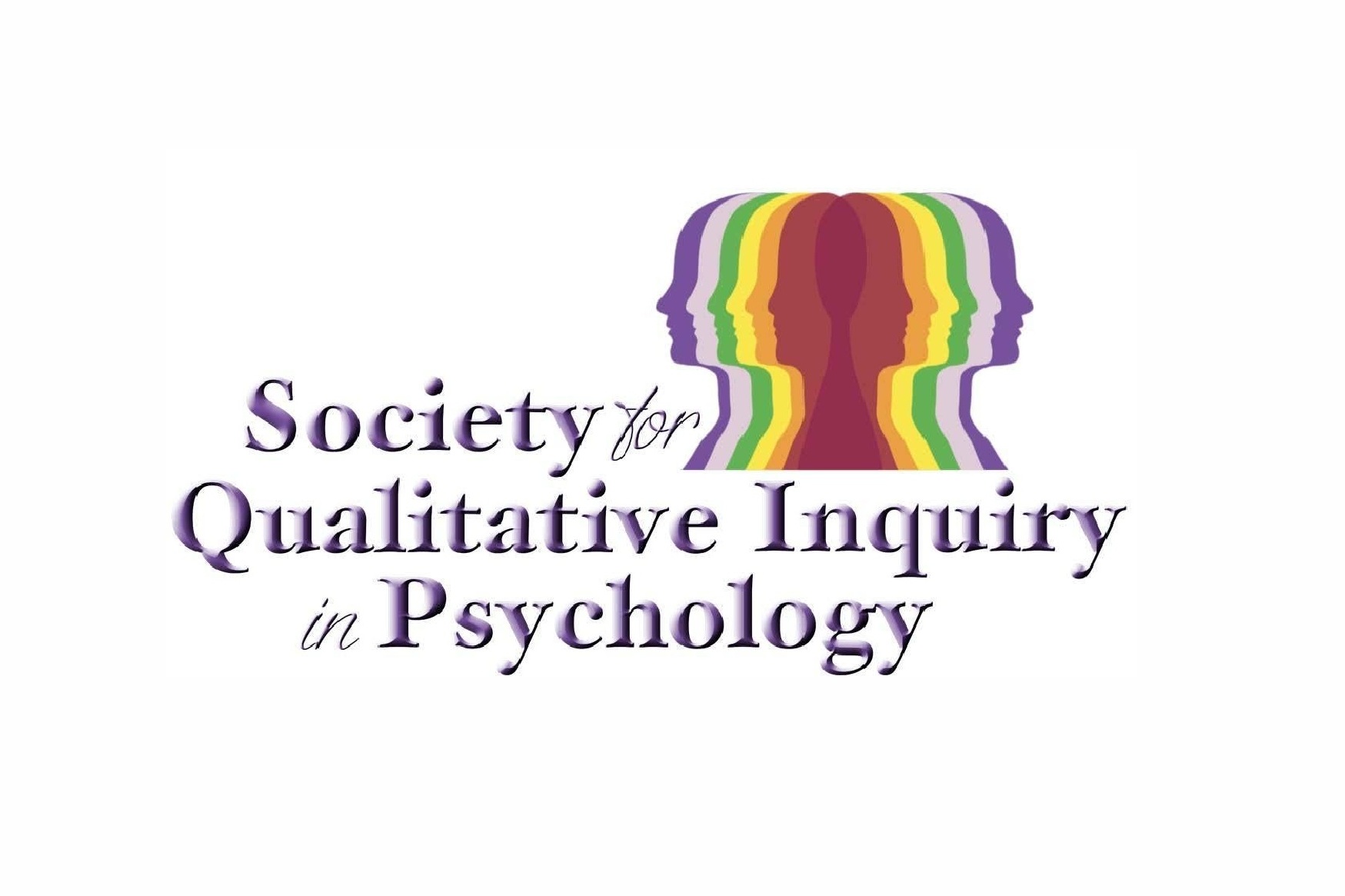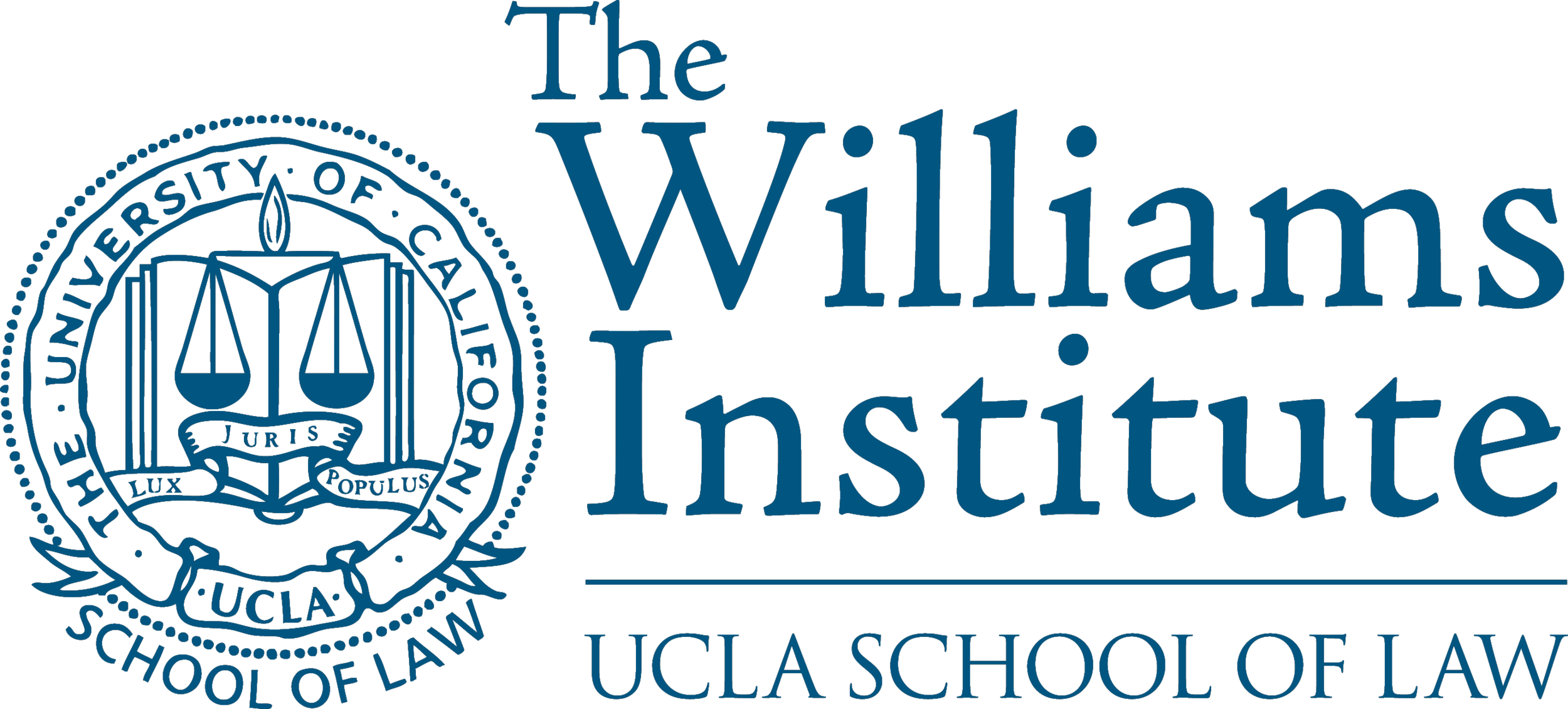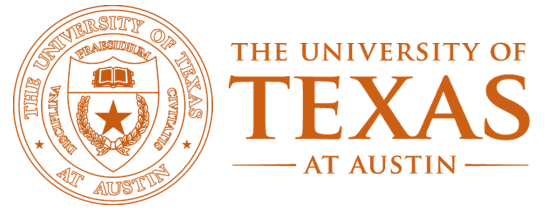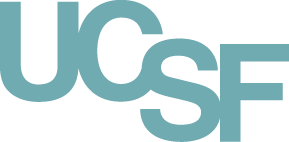NBC News
by Dan Avery
April 20, 2021
Suicide rates among young people have been on the rise in recent years, according to the Centers for Disease Control and Prevention, but gay and bisexual youths are almost five times as likely to have attempted suicide as their straight peers.
And, despite advances in the fight for LGBTQ equality, a new report finds that young gay people today are even more likely to have attempted suicide than in previous generations.
Researchers at the Williams Institute, a sexual orientation and gender identity think tank at UCLA School of Law, found that 30 percent of lesbian, gay and bisexual respondents ages 18 to 25 reported at least one suicide attempt, compared to 24 percent of those 34-41 and 21 percent of those 52-59.
The study, published last month in the journal PLOS One, also revealed that these young adults are experiencing higher levels of victimization, psychological distress and internalized homophobia than older generations.
"We had really expected it would be better for the younger group," said lead author Ilan H. Meyer, a distinguished senior scholar of public policy at the institute. "But at the same time, we knew data from other studies has shown LGB youth do a lot worse than straight youth — and not much better now than in earlier times."
Meyer and his colleagues surveyed 1,518 respondents who identified as lesbian, gay or bisexual (trans people were included in a separate study). Participants were divided into three cohorts: the "Pride" generation, those born from 1956 to 1963; the "Visibility" generation, born from 1974 to 1981; and the "Equality" generation, born from 1990 to 1997.
Using the Kessler Scale, a clinical measure of psychological distress, they found that members of the Equality generation reported almost twice as many symptoms of anxiety and depression as the Pride generation. Many factors influenced the data, Meyer said, including the fact that people are coming out younger than ever.
"That can be a positive, of course," he said. "But it can also backfire and expose you to a lot of harassment and victimization. You might not be prepared for the consequences."
For the full article click here


